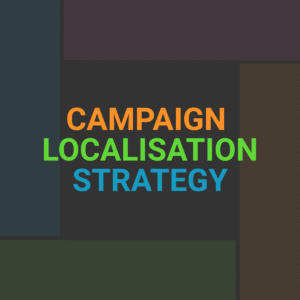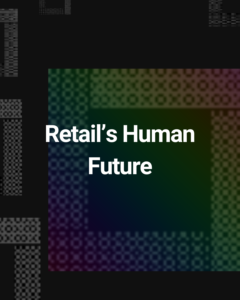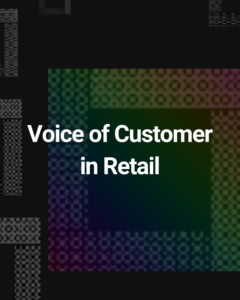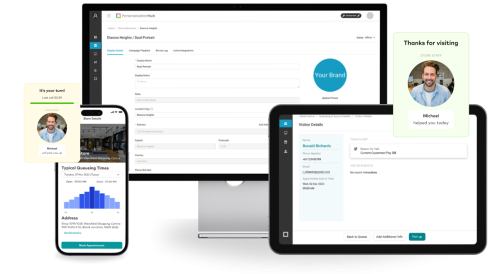As our inboxes get flooded with AI generated messaging, sending out personalised emails/text messages will no longer be enough.
In my last post I covered Models. To support real-time experiences ��� an output from a model without an associated experience will show customers a default experience (i.e. it’s pointless).
Let’s go through an unauthenticated customer visiting your website:
If you are new here, please start with:
🔗 Personalisation Value Chain:
Real-Time Creative & CX (4 of 6)


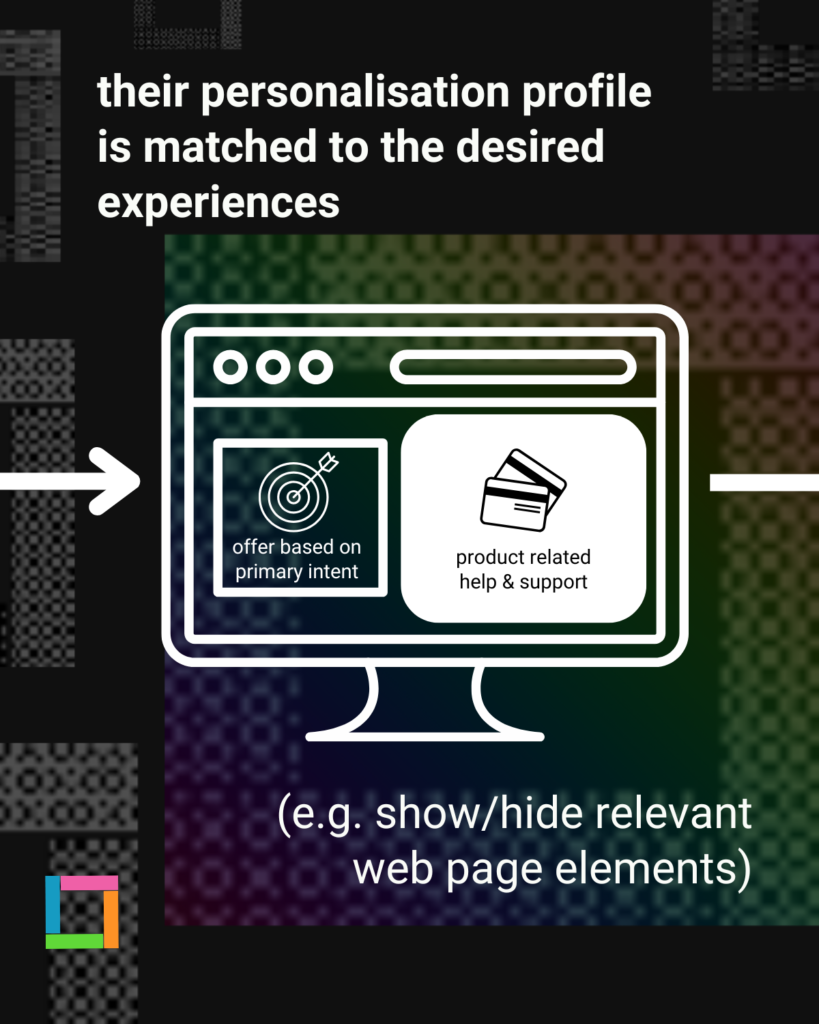
1️⃣ (Unauthenticated) customer lands on your website
→ Matched to a digital identifier.
→ Identifier used to request their personalisation profile.
2️⃣ Personalisation profile returned
→ platform aggregates relevant customer data.
→ relevant attributes (for the web page that the customer is currently on) are returned.
3️⃣ Default elements on webpage, overwritten by targeted elements
→ primary banner(s) driven by primary intent(s).
→ help & support section driven by product holdings.
4️⃣ Targeted elements on the web page are Personalised
→ where latency is high, you may wish to transition a default banner to a personalised banner = sales intent 1/2/3.
→ end-to-end latency is critical for real-time experiences.
5️⃣ Customer interaction tracked/optimised
→ Ensure relevant analytics are fed back into your Models (e.g. traffic source, time on page, mouse position, creative variation, etc).
→ Ideally these interactions can be used in real-time to optimise the customers current site visit.

As you can see in point 4 above, latency (speed) is critical. You need to ensure an end-to-end response time in the low hundreds of milliseconds to ensure web visitors do not see a page flicker (i.e. default swapped out for targeted creative) when the webpage is built.
——————
In my next post, I’ll cover Personalisation Value Chain: Capability (5 of 6)
——————


